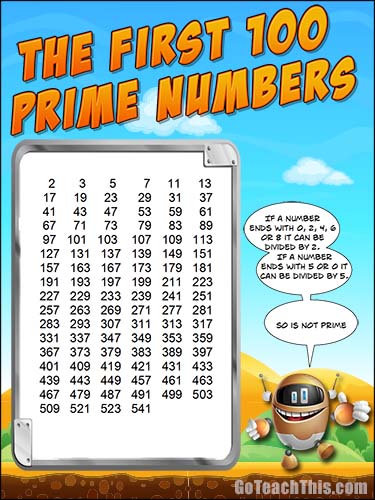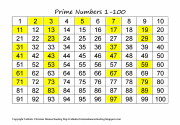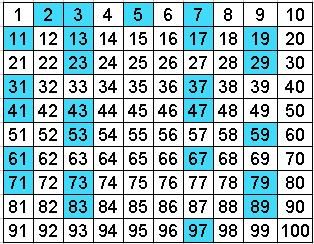
Knuth's up-arrow notation and Conway chained arrow notation: Notations that allow the concise representation of some extremely large integers such as Graham's number. 

When used in science, such a number also conveys the precision of measurement using significant figures.
Scientific notation: A method for writing very small and very large numbers using powers of 10. Continued fraction: An expression obtained through an iterative process of representing a number as the sum of its integer part and the reciprocal of another number, then writing this other number as the sum of its integer part and another reciprocal, and so on. These include improper fractions as well as mixed numbers. Fractions: A representation of a non-integer as a ratio of two integers. Tally marks: Usually used for counting things that increase by small amounts and do not change very quickly. Roman numerals: The numeral system of ancient Rome, still occasionally used today, mostly in situations that do not require arithmetic operations. See positional notation for information on other bases. Sexagesimal: Base 60, first used by the ancient Sumerians in the 3rd millennium BC, was passed down to the ancient Babylonians. Duodecimal: Base 12, a numeral system that is convenient because of the many factors of 12. Octal: Base 8, occasionally used by computer system designers and programmers. Hexadecimal: Base 16, widely used by computer system designers and programmers, as it provides a more human-friendly representation of binary-coded values. Quaternary: The base-four numeral system with 0, 1, 2, and 3 as digits. Ternary: The base-three numeral system with 0, 1, and 2 as digits. Binary: The base-two numeral system used by computers, with digits 0 and 1. 
Decimal: The standard Hindu–Arabic numeral system using base ten.p-adic numbers: Various number systems constructed using limits of rational numbers, according to notions of "limit" different from the one used to construct the real numbers.Natural numbers ( N \mathbb ), and other less common variants.Numbers can be classified according to how they are represented or according to the properties that they have.







 0 kommentar(er)
0 kommentar(er)
